Review of HIFU Rejuvenation Machines
Ultrasound lifting as an alternative for surgical rejuvenation
Iskornev Andrei Aleksandrovich, plastic surgeon, The Platinental clinic medical director, full member of ASPS, ISAPS,
adjunct professor at the chair of plastic surgery, cosmetology and cell technologies at N. I. Pirogov RNRMU.
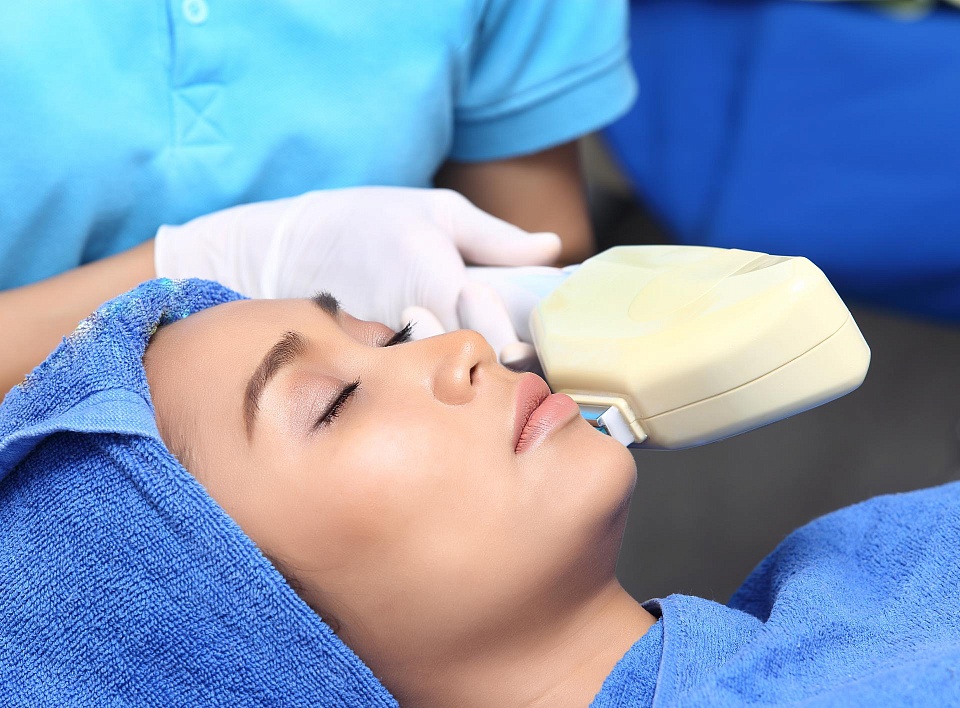
What is HIFU?
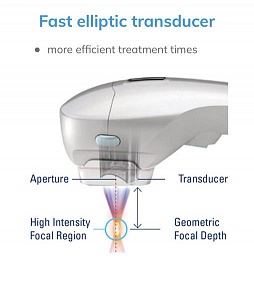
HIFU (high intense focused ultrasound) is a technique of high intense focused ultrasound impact. The main concept is that two ultrasound beams come across under skin on a certain depth causing a cavitation effect. Physically cavitation is a hydraulic impact which causes boiling as water molecules begin moving rapidly influenced by ultrasound and creates tiny bubbles with vapor. This effect thermally stimulates collagen, instantly makes skin tauter and destroys lipids (providing that the depth of impact is appropriate enough). Unlike radio-wave skin heating (RF lifting), it is easier for the doctor to control ultrasound heating as the impact is regulated by depth and intensity. For this the machines are equipped with a set of nozzles (hand pieces) and an ultrasound monitor.
HIFU has been the most advanced cosmetology technology during the last decade.
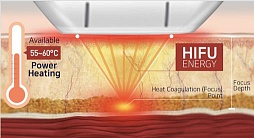
40-year patients postpone surgical facelifting and this is natural. Many people don't have time for recovery or have not enough indications for surgery. Many people go for global anti-age-tours searching a nostrum. Due to the global spree for machine rejuvenation such East Asian countries as South Korea or Singapore has become anti-age hubs for rich tourists who look after their appearance. Clinics provide their customers a full range of machines for skin-lifting, removing the double chin, cellulite or even lift one's breast. If putting aside methods and "miracle machines" without clinically-proven effect, perhaps HIFU has been the most advanced technological solution in cosmetology during the last decade.
As on writing this article I can name three strong HIFU manufacturers:
- Ultherapy (Ulthera System, Germany)
- Doublo (South Korea)
- Ultraformer III (South Korea)
There is no difference for The Platinental whom to pay one thousand dollars for the machine. Technical parameters and safety are more important for us.
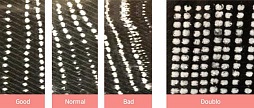
Of course, in advertising they try proving their uniqueness, but their machines have the same physical impact on tissues. The only differences between the manufacturers are the time of entering the market (Ulthera were the first), design (as for me, Ultraformer III looks better than its counterparts) and convenience and power of the nozzles (here I prefer Doublo, although Ultraformer III has a convenient mini-nozzle for eyelids). Let's set aside all advertising battles to the manufacturers as there is no difference for The Platinental-range clinics, whom to pay hundred of thousand dollars for the machine – technical parameters and safety are more important for us.
There are 4 main parameters notable for doctors when choosing the machine:
- Ultrasound impact frequency which determines the depth of its penetration onto skin
- Energy power in joules (J) on flash
- Line length (or "row", as we call it)
- Cartridge productivity (as every flash is very expensive).
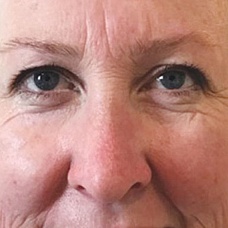
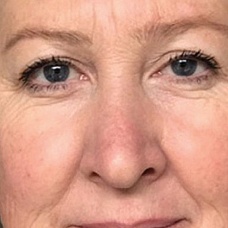
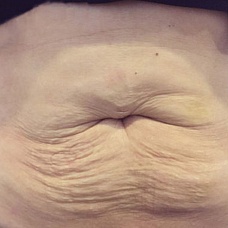
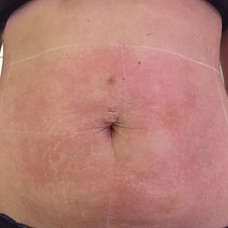
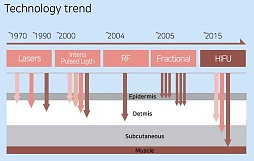
Source: hironic.com/p/doublo-s
Many patients have a biased attitude towards South Korean ME manufacturers, but this myth should be dispelled. The main claim of US and European ME manufacturers was that Asian manufacturers had copied their technologies and sometimes had illegally offered cheaper counterparts on the market. This has been the lie of the land before most of these advanced solutions moved to Asia.
In 2011 I visited Seoul upon invitation of one of our suppliers to have a look at the laboratories of South Korean manufacturers and was shocked. Seoul appeared to be a clean metropolitan full of multistoried business centers, neat and fashionable shopping malls and restaurants. Almost every residential tower had its own anti-aging clinic full of locally manufactured equipment. Of course, not everything offered by them should be copied, but it would be misguidedly to deny their accumulated expertise in the industry of machine cosmetology.
Currently this technology is already used practically and the range of nozzles for HIFU rejuvenation includes 5 types for surface impact on corium and hypoderm.
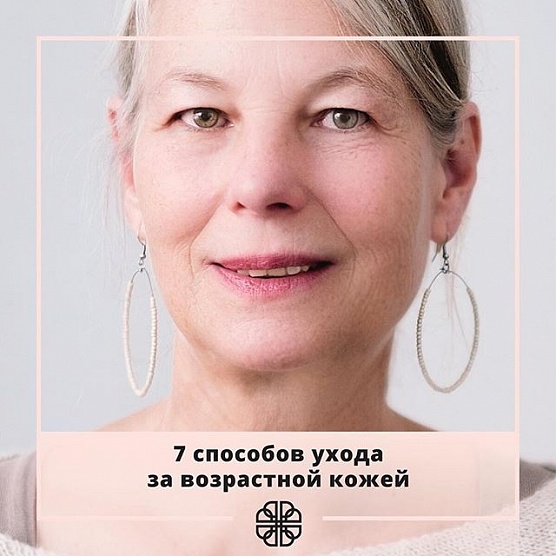
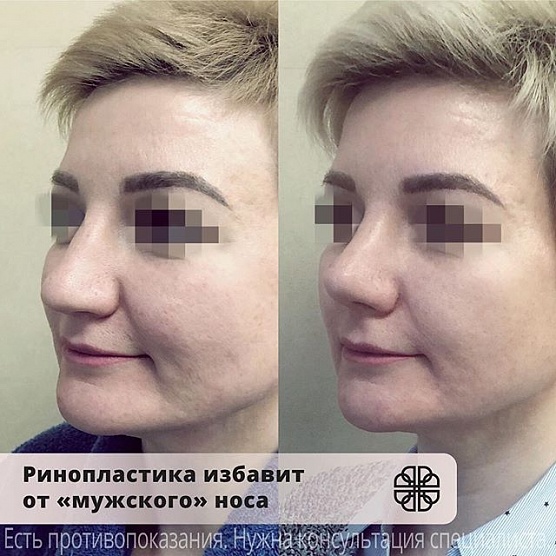
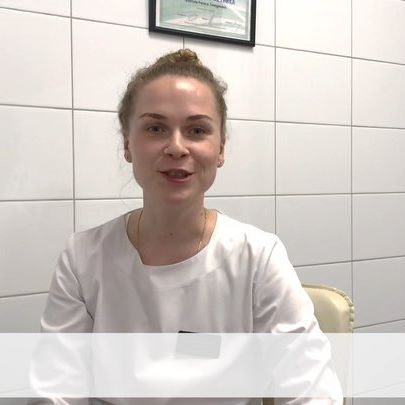
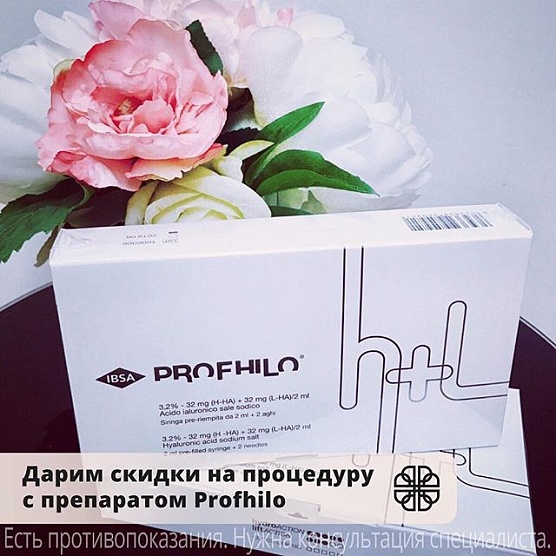
The laboratory, where I was taken, looked like a NASA laboratory rather than what we usually associate with underground Chinese or Taiwanese plants or workshops. Engineers in white robes, strict storey division into the microelectronics lab, service maintenance workshop and the campus. By the way, the engineer whom we have been talking about did not deny that usually they use parts (optical tubes, laser pumping systems – the heart of any high-profile machine) from the USA and Europe in most of their lasers. As for the rest (monitors, stands, wires) local counterparts are quite OK. This makes production much more cost-efficient so the equipment is relatively competitive. Relatively, because the above-listed HIFU therapy systems still cost from USD 60,000 to 125,000.
By the moment of my visit the HIFU rejuvenation system (Doublo, Hironic) has recently entered the international market and was intended for face rejuvenation. The scientists were testing "focused ultrasound coagulation" for tissue lifting and designed new cartridges for this purpose. Currently this technology is practically and the range of nozzles for HIFU rejuvenation includes 5 types for surface impact on corium and hypoderm (epidermis and deep skin layer), layer SMAS (superficial muscular and aponeurotic system) and subcutaneous tissue (for cellulite correction and destroying local lipid deposits).
Who is the best patient for HIFU?
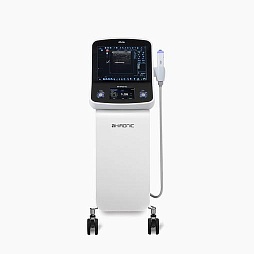
The only inaccuracy which occurs at modern plastic surgery clinics is advertising that HIFU can replace complete surgical face and neck lifting. It is completely wrong as machine skin lifting is intended to reduce skin amount due to the microcoagulation effect (thermal reduction). Surgical SMAS lifting is aimed to lift the facial muscles, work with deep lipid facial areas, reallocate skin and remove excesses manually under direct control of a plastic surgeon (see more about SMAS lifting here). It should be admitted that those are completely different things.
So HIFU is suitable for:
- Patients 30-45 years old for moderate lifting of skin of the middle and lower face and neck.
- Patients who don't have time for surgical recovery due to busyness or are intolerable to injectable rejuvenation techniques (although HIFU is rather compatible with fillers)
- Patients after previous surgical facelifting for supporting the result
- Patients with pronounced facial, neck, decollate wrinkles with contra-indications to surgery and anesthetics.
- Men are a special category of patients for HIFU, as they can return to ordinary life without any other marks on their face (redness or pronounced swelling)
Make an appointment to our certified HIFU therapists
To what extent is it painful?
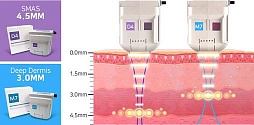
HIFU rejuvenation is done with local anesthesia or IV sedation due to some ailment in the cheek-and-cheekbone area and the lower jaw. The thing is that when ultrasound damps in hard tissues (cheekbone, upper or lower jaw) this can be felt like a toothache. This can be reduced using dental anesthesia, but some patients prefer to sleep during HIFU lifting. For this The Platinental has experienced anesthesiologists that can cast the patient into medication sleep for 15-20 minutes (TIVA anesthesia).
But, please, be careful! IV sedation should be done at a surgical unit with a special care ward as injecting any sedative preparations can cause a risk of reduction of breathing rate and specific sensitivity of the patient to such preparations (hypnotics) the anesthesiologist must to be able to provide access of oxygen.
Before TIVA anesthesia a patient has to pass medical screening and delivery of medical tests. Ultrasound lifting with local anesthesia usually does not require a blood test.
The HIFU therapy efficiency is instant and prolonged**. Usually we claim that 30% of the effect is instant and 70%—within one month after the procedure as this is related to the cell division cycle and the period of forming of new collagen. Usually for support of good result 1-2 procedures a year is enough. If the ultrasound lifting is reinforced by modern "filling" technologies such as (nano fat grafting) or reinforcing the face with Sculptra preparation then the effect becomes much stronger.
See you at The Platinental!
* It is not permitted to copy or quote any part of this article without the author's consent.
** This article is based on personal clinical experience of the author and available literature data







